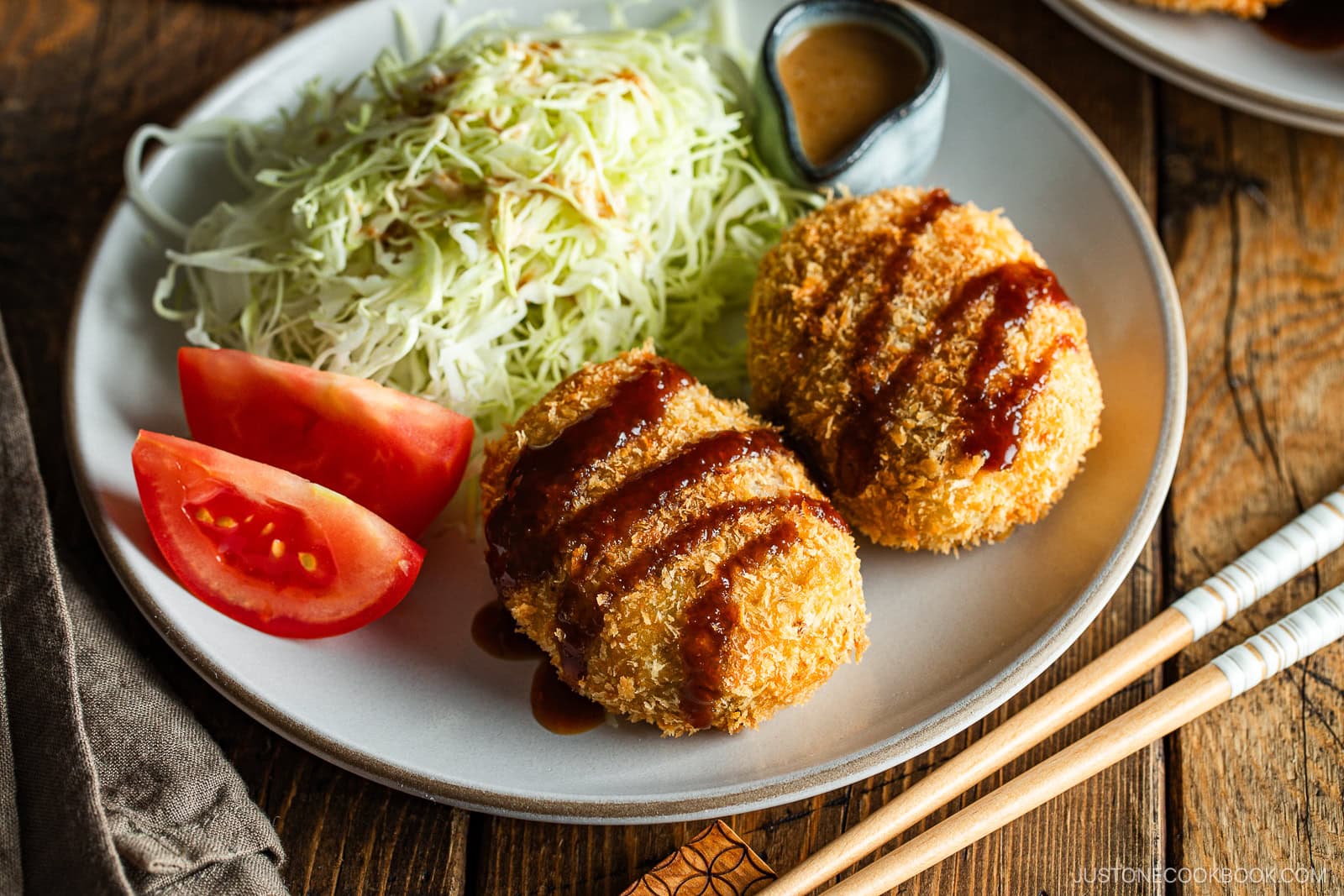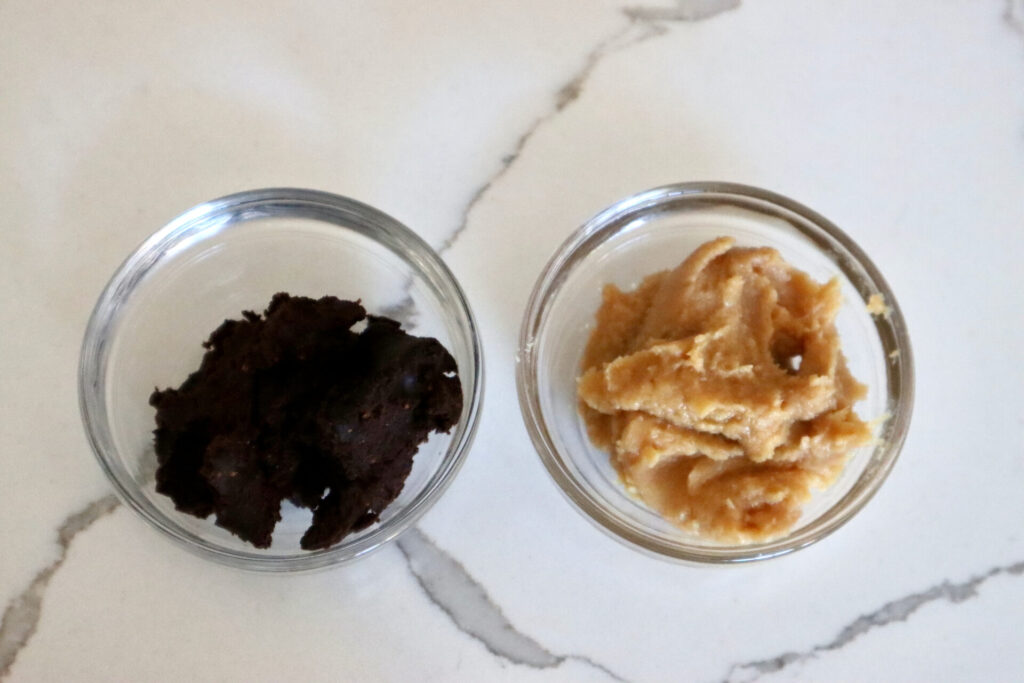Imagine a noodle dish that beautifully blends Japanese and Chinese seasonings with Western ingredients. Curious about the flavor? This recipe features a fusion noodle dish that encapsulates the essence of Japanese, Chinese, and Western cuisines. Here’s my beef udon recipe, which I’ve perfected over numerous attempts and is a favorite among my family.

Note: This post may contain affiliate links. Please read my privacy policy for more info. I may receive commissions for purchases made through links in this post. As an Amazon Associate, I earn from qualifying purchases.
The Main Ingredients Required for the Beef Udon
This noodle dish is a variation of beef yaki udon, a stir-fried beef and noodle recipe. I love the chewy texture of udon noodles, which absorb seasonings beautifully, making them incredibly flavorful.
Types of Udon Noodles
For this beef udon recipe, you can use various types of udon. I prefer fresh udon, which is available in the refrigerated section of Asian grocery stores. Typically pre-cooked and vacuum-packed, they can be eaten immediately, but I recommend loosening them in boiling water before stir-frying. I use chopsticks to help with this, then drain the noodles in a colander for later use.
If fresh udon is unavailable, dried udon can be used. These require cooking for several minutes until al dente, so refer to the package instructions for the best results.
Use Good-Quality Beef
Quality beef is crucial for this recipe, as we only stir-fry it briefly. I typically use sirloin, but ribeye, striploin, or flank steak, thinly sliced against the grain, also work well.
To tenderize the meat, I employ a traditional Chinese method that involves marinating the beef with a small amount of baking soda. This ingredient helps break down connective tissue, ensuring the meat remains tender. It’s important to note that baking soda is tasteless in small amounts and safe to use.
Slice the beef thinly against the grain, then season with salt and baking soda, allowing it to marinate for ten to fifteen minutes before cooking.
Crushed Black Pepper
Crushed black pepper is the third essential ingredient in beef udon. I crush it just before stir-frying to maximize its flavor and aroma.

The Seasonings for the Fusion Black Pepper Udon
The seasonings I use blend Japanese, Chinese, and Western flavors. In a small bowl, mix light and dark soy sauce, mirin, Chinese cooking wine, sesame oil, oyster sauce, sugar, and salt. These ingredients are staples in Asian cooking and should be easy to find in most pantries.
Feel free to adjust the quantities according to your taste. If you enjoy a spicy kick, consider adding chili flakes, though I prefer the heat from the black pepper. A small amount of instant dashi powder can also enhance the flavor.
Other Ingredients Required for This Recipe
The remaining ingredients for the beef udon recipe can be categorized into aromatics and vegetables.
Garlic and Onions
The aromatics include garlic and onions. I chop the garlic roughly to prevent it from burning during sautéing. Onions add a delightful crunch and flavor to the dish. While some may prefer ginger, I choose to omit it as it’s not to my taste.
The Vegetables
To complement the chewy udon noodles, adding crunchy vegetables provides a delightful textural contrast.
Bell peppers are an excellent choice due to their vibrant colors and crunch. I also include thinly sliced celery for added texture and shape, along with a few dried shiitake mushrooms for flavor.
Dried bonito flakes are often used as a topping for Japanese fried rice and noodles, but I didn’t have any on hand this time.

The Cooking Process
Now that you have all the necessary ingredients, let’s dive into the cooking process for this noodle dish.
Basic Techniques
- Cook the beef separately from the vegetables to enhance its flavor.
- Stir-fry the vegetables until they reach your desired level of crunchiness, then remove them from the pan to prevent overcooking. This helps maintain their vibrant color.
- Stir-fry the noodles with the sauce briefly to allow them to absorb the flavors.
Preparation Steps
- Thinly slice the beef against the grain and marinate it with salt, baking soda, vegetable oil, and cornstarch. Let it rest for 15 minutes before cooking.
- Roughly chop a tablespoon of garlic and thinly slice a medium-sized onion. Cut the bell pepper into strips, preferably multi-colored, and slice a stalk of celery diagonally. Soak the dried shiitake mushrooms in hot water, weighing them down to ensure they submerge. Once rehydrated, slice them into strips.
- Combine all the seasoning ingredients in a small bowl and prepare a tablespoon of freshly crushed black pepper.
Prepare the Noodles for Stir-Frying
- Fill a stockpot with water and bring it to a boil.
- Remove the udon noodles from their packaging and place them in the boiling water, using chopsticks to gently loosen them.
- After a few minutes, drain the noodles in a colander and set them aside.
Stir-Fry Steps
- Heat oil in a wok or large skillet over medium-high heat. Add the beef in a single layer and sear it until golden brown. Remove the beef and leave the oil in the wok.
- Add the onions and stir-fry briefly, then add the chopped garlic halfway through cooking.
- Once the onions are translucent, add all the vegetables and stir-fry until fragrant. Remove the vegetables from the wok.
- Return the beef to the wok, add the prepared sauce, and mix in the drained udon noodles, allowing them to absorb the sauce’s flavor.
- Finally, add the vegetables and mushrooms back to the wok, mixing everything thoroughly. Serve the noodles on a plate, garnished with chopped green onions and sesame seeds.
If you enjoyed this fusion yaki udon recipe, here are a few similar dishes you might like:
- If you love udon, try Japanese curry udon for a unique and delicious experience.
- Another must-try noodle dish is Taiwanese beef noodles, featuring tender beef and a delightful blend of spices.
- For something spicy and distinct, consider trying Pad See Ew, a traditional Thai stir-fried noodle dish.





